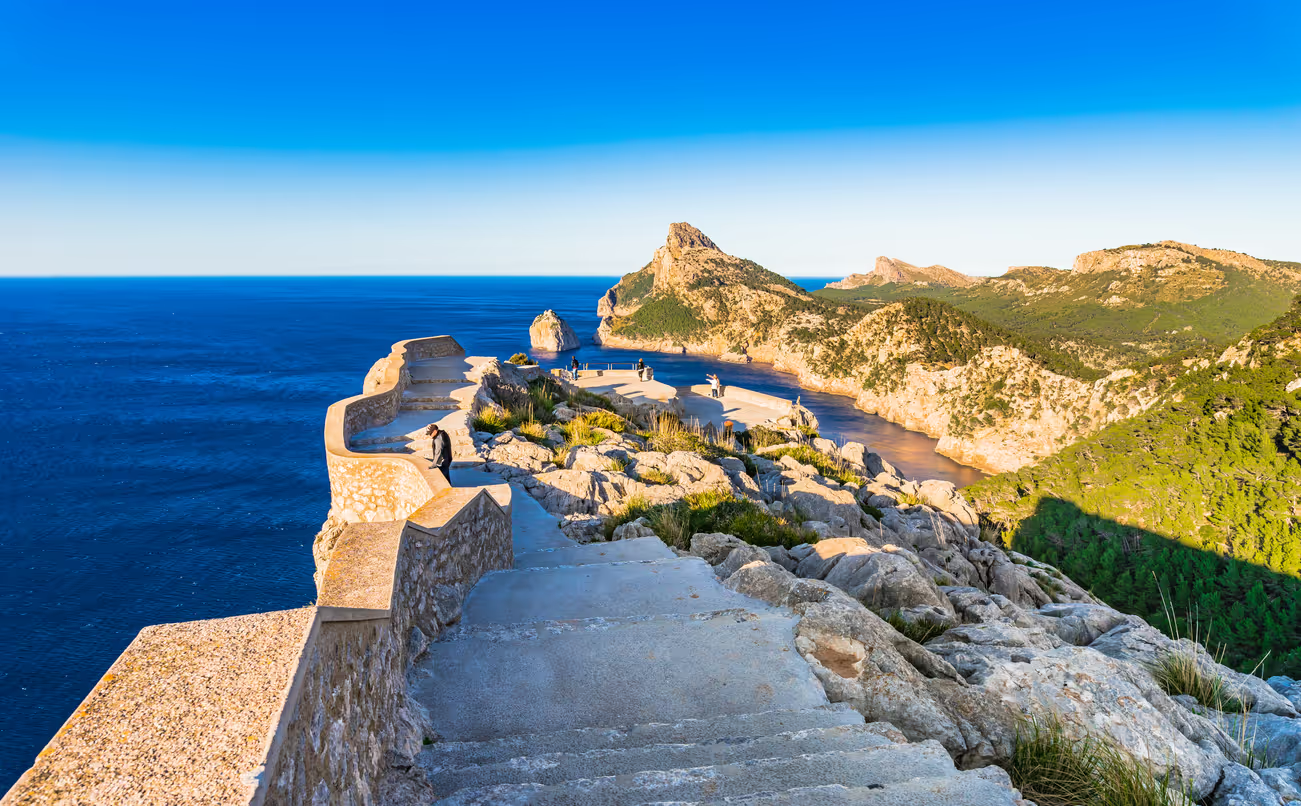
E
arly on a warm summer morning, people were eagerly lining up to enter Palma Aquarium, a treasure in Mallorca, open 365 days a year, where marine life and sea animals are displayed, along with a program of engaging educational activities, amaze and delight all ages. But what many don’t realise, is that in addition to the aquarium, is the Palma Aquarium Foundation or Fundación Palma Aquarium, the official recovery and rescue centre for sharks, cetaceans and sea turtles of the Balearic Islands.
Officially established in 2016, the foundation has become a critical partner among Spanish and European organisations that are dedicated to conserving the seas. The small team, led by Debora Morrison, who, for 18 years has worked at the aquarium and then with the foundation, is working not only to expand awareness and engage the community through educational activities such as beach cleans or the importance of Posidonia (Neptune sea grass) in the Mediterranean, but they are developing essential programs and infrastructure to preserve sea life.
Sea turtles are a main part of their rescue and recovery efforts across the Balearics. The turtle species Caretta Caretta, (loggerhead sea turtle) which travels from the Atlantic and into the Mediterranean to feed and nest, needs significant strength to return against the current back out into the ocean. Nests and eggs can often be destroyed or looted onshore, while baby turtles are not big enough to survive the return swim. One of the main culprits is plastic and nets which the turtles get caught up in and can’t get out of. If the foundation receives a message about a turtle in need anywhere across the Balearics, the team goes out to rescue it. In the foundation’s facilities, which are set in a garage-like underground space filled with tanks and laboratories, they were recently helping several turtles, including a very large turtle whose shell was damaged by a boat propeller, to tinier species who had been stuck in plastic and unable to swim. Once they are properly rehabilitated, they are released back into the sea.


.avif)












